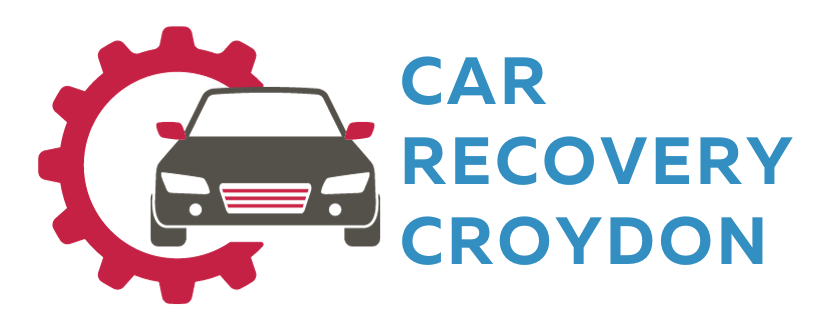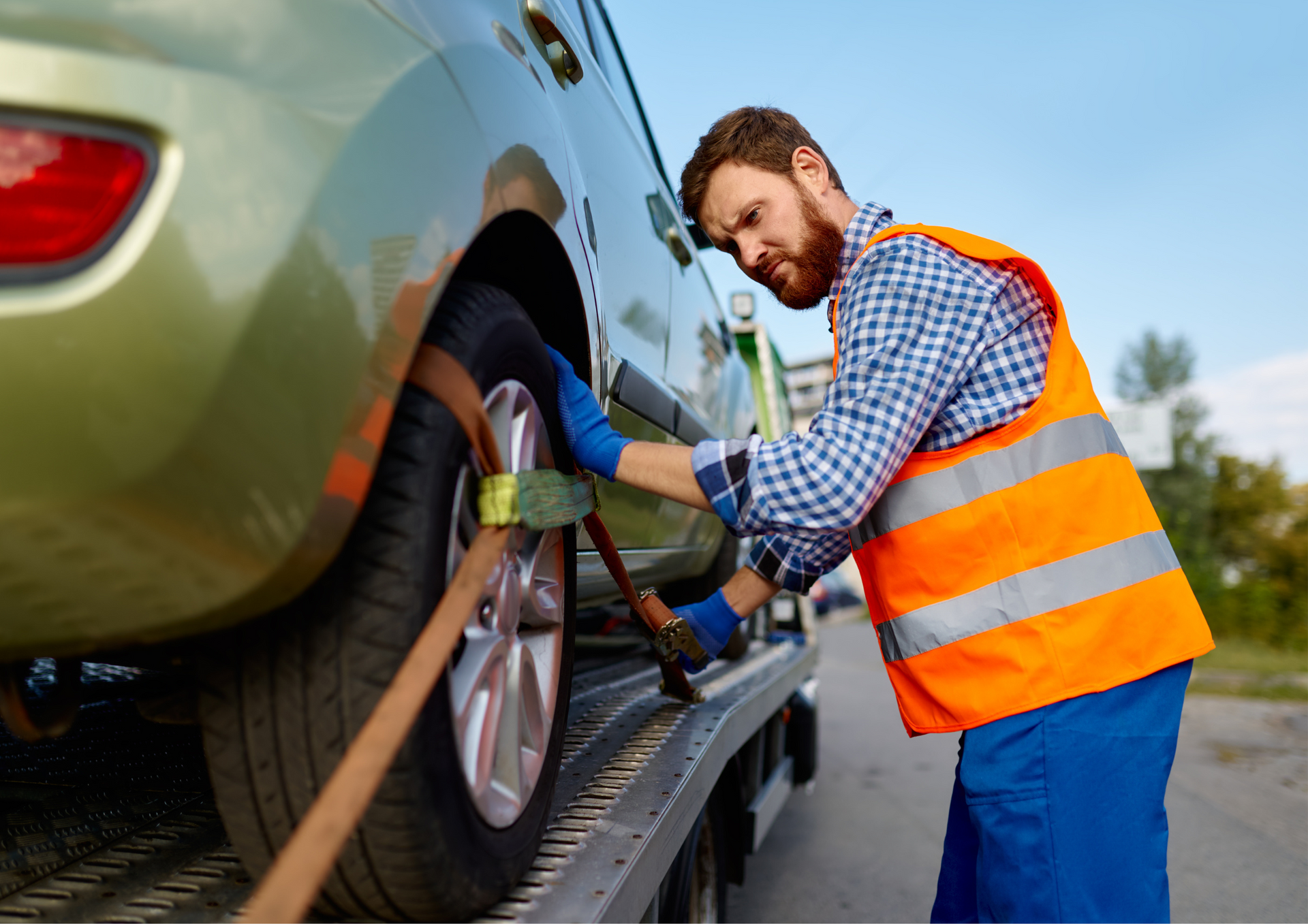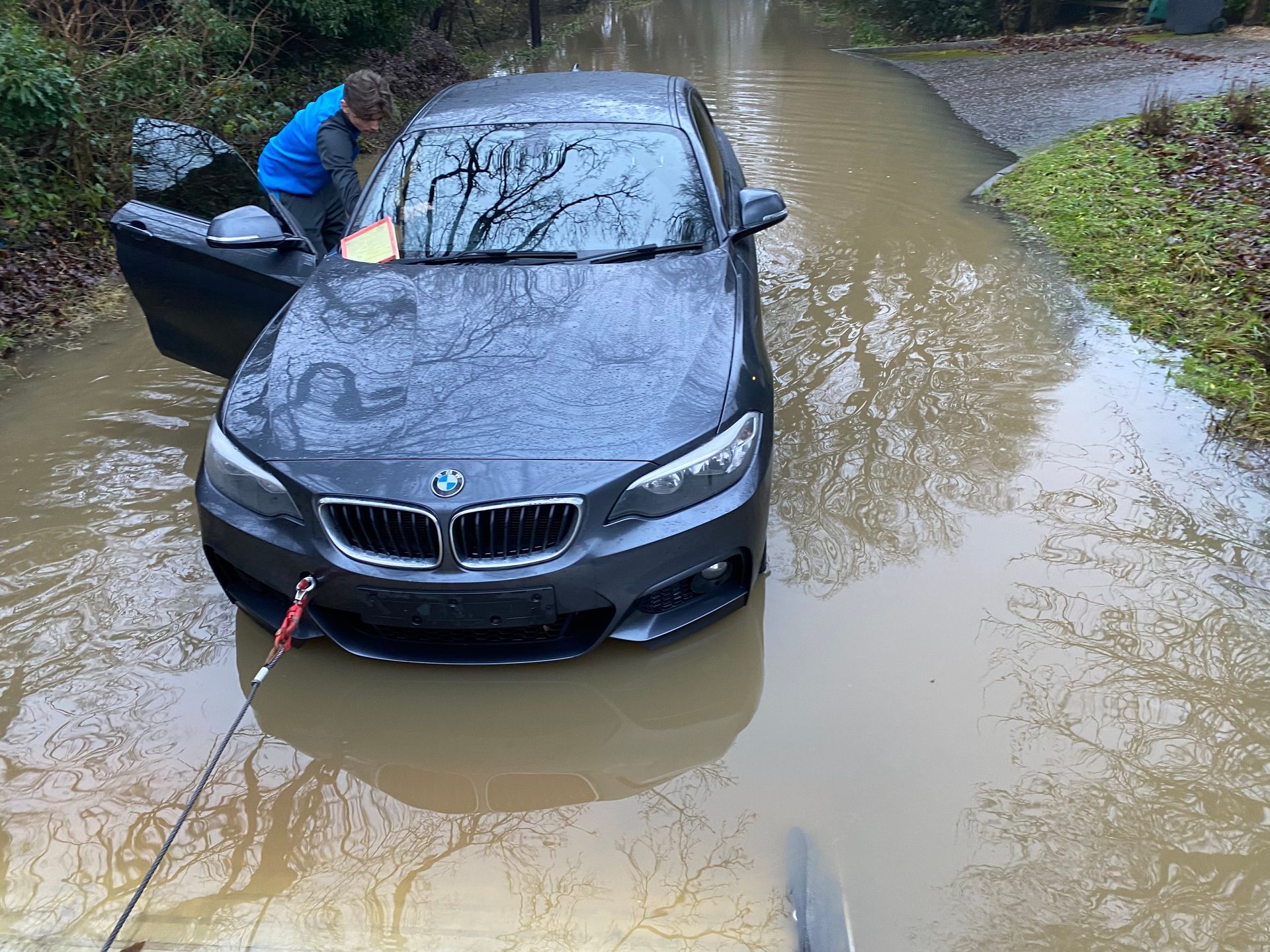The Differences Between Heavy-Duty and Light-Duty Towing
Towing services are a lifeline for motorists dealing with unexpected breakdowns, accidents, or vehicle troubles. However, not all towing situations are the same, and understanding the difference between heavy-duty and light-duty towing is important. These two types of towing services cater to very different needs, and knowing which one is right for you can save time, effort, and money.
In this blog, we’ll explain the key differences between heavy-duty towing and light-duty towing, making it simple to understand when each service is required and why it matters.
What is Light-Duty Towing?
Light-duty towing is the most common type of towing service. It’s specifically designed for smaller, lighter vehicles that make up the majority of cars on the road. Whether you’ve got a flat tyre, a dead battery, or your car won’t start, light-duty towing is the service that typically comes to the rescue.
Key Features of Light-Duty Towing:
- Vehicles it Covers: Cars, motorcycles, small vans, and compact SUVs.
- Equipment Used: Wheel-lift tow trucks or flatbed tow trucks are commonly used for light-duty jobs.
- Common Scenarios: It’s perfect for situations like breakdowns, minor accidents, or when vehicles need short-distance transport.
Because it’s quick, efficient, and cost-effective, light-duty towing is what most drivers need in everyday situations.
What is Heavy-Duty Towing?
Heavy-duty towing, as the name suggests, is designed for much larger vehicles and equipment. From trucks to buses and even construction vehicles, heavy-duty towing handles situations where light-duty equipment simply isn’t enough.
Key Features of Heavy-Duty Towing:
- Vehicles it Covers: Lorries, coaches, large vans, trailers, and industrial equipment.
- Equipment Used: Heavy-duty tow trucks with advanced features like hydraulic systems, reinforced frames, and high-capacity winches.
- Common Scenarios: It’s used for recovering overturned lorries, moving broken-down buses, or transporting heavy machinery.
Heavy-duty towing is far more specialised, requiring advanced equipment and experienced operators to handle the sheer size and weight of these vehicles.
What Sets Heavy-Duty and Light-Duty Towing Apart?
The main differences between light-duty and heavy-duty towing lie in the size and type of vehicles they handle, the equipment used, and the complexity of the job. Here’s a breakdown:
1. Vehicle Size and Weight
- Light-duty towing is for vehicles weighing up to 4,500 kg, like cars and motorcycles.
- Heavy-duty towing is for vehicles over this weight limit, such as lorries and buses.
2. Type of Equipment
- Light-duty towing uses simpler equipment, such as wheel-lift or flatbed tow trucks.
- Heavy-duty towing relies on specialised vehicles with hydraulic lifting systems and reinforced tow bars.
3. Job Complexity
- Light-duty jobs are usually straightforward and quicker to handle.
- Heavy-duty towing can be more complex, requiring careful planning, especially for larger vehicles or tricky recovery situations.
4. Cost
- Heavy-duty towing is generally more expensive because of the equipment and expertise required.
- Light-duty towing is more affordable and often the go-to choice for everyday drivers.
When to Choose Heavy-Duty or Light-Duty Towing
The type of towing service you need depends entirely on the size of your vehicle and the nature of the problem. For standard cars, small vans, or motorcycles, light-duty towing is sufficient. However, if you’re dealing with a bus, lorry, or trailer, heavy-duty towing is the only option.
It’s also important to consider the situation. For example, if your car is stuck in a ditch or involved in a major accident, even a smaller vehicle might require more robust equipment, which could fall under heavy-duty towing.
Both light-duty and heavy-duty towing require skilled professionals to ensure the safety of your vehicle and others on the road. Choosing a professional towing service guarantees that the right equipment is used for your vehicle, preventing any further damage during the towing process. Professionals are also trained to handle different scenarios, whether it’s a simple roadside breakdown or a complex recovery operation. This peace of mind is invaluable when you’re already dealing with the stress of vehicle trouble.
At Car Recovery Croydon, we offer expert towing solutions tailored to your needs. Our team is equipped to handle both light-duty and heavy-duty towing, using modern equipment and safe techniques to ensure your vehicle is handled with care. Whether you need a quick recovery for your car or a more complex solution for a heavy vehicle, we’ve got you covered. With years of experience and a reputation for reliability, we are the trusted choice for motorists in Croydon and the surrounding areas.
Check our new X update about the differences between heavy duty and light duty towing.



